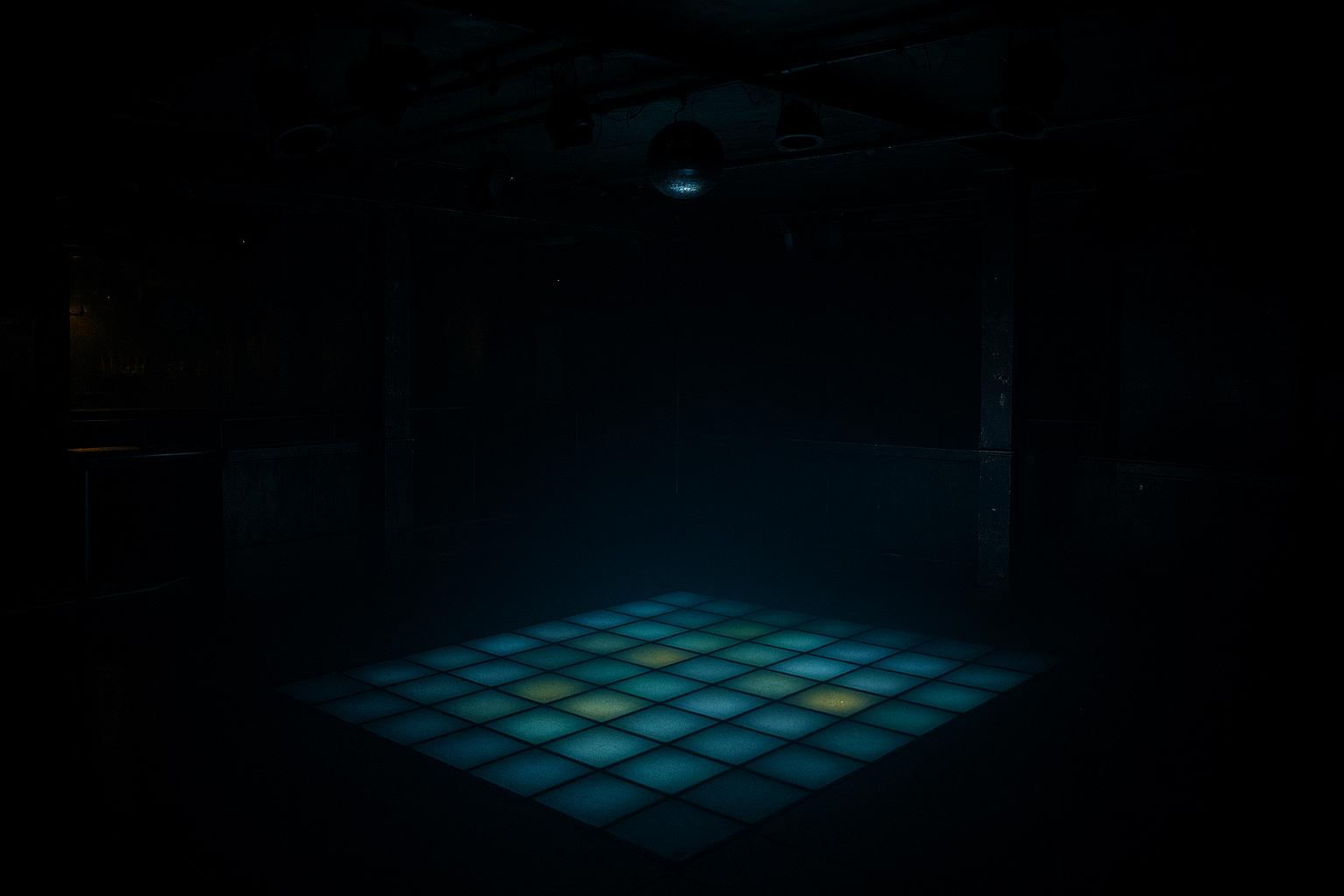Once the vibrant heartbeat of the UK’s late-night economy, nightclubs have faced a relentless decline over the past decade, a trend that shows no sign of abating. From a peak of around 1,700 venues in 2013, the number has more than halved, with the latest figures showing roughly 787 remaining by mid-2024. This steep contraction is the result of a complex mix of rising operational costs, including increased national insurance and business rates, shifting consumer habits, and the lingering aftermath of the pandemic. The impact has left iconic venues shuttered and real estate owners grappling with significant vacancies in major city centres.
The decline is not only historical but ongoing and accelerating. Reports indicate that since March 2020 alone, the nightclub sector has lost over 400 venues, representing a 32.7% drop in the space of four years. Independent nightclubs have been disproportionately affected, with a 36.1% reduction compared to a 14.6% drop in managed venues. Regions such as Yorkshire, Lancashire, and Wales have witnessed some of the most dramatic decreases, with declines in some areas approaching or exceeding 40%. Recent months have seen an average of five to seven nightclub closures per week, signalling a crisis that operators and industry bodies describe as unprecedented.
Industry insiders highlight several core challenges. Rising operational costs remain a heavy burden, with inflationary pressures squeezing profitability. The cost of living crisis has also reduced disposable income among young adults, traditionally the nightclub’s primary customer base. Safety concerns, particularly for women, and inadequate late-night public transport infrastructure outside London further deter nighttime socialising. Regulatory challenges add another layer of complexity, making it difficult for venues to innovate or adapt effectively.
In response to these difficulties, nightclub operators and landlords have been forced to rethink their approach. Some, like Broadwick Group, have pivoted towards multifunctional spaces, blending electronic music events with corporate bookings and other hybrid uses to diversify income streams. This flexible approach seeks to make venues viable in a climate where the traditional pay-for-entry and high-drink-spend nightclub model struggles to survive. However, industry leaders worry that the crucial “grassroots” level of smaller venues—where DJs and performers develop their skills—is dwindling, which could undermine the future of the music culture.
Real estate owners and operators are exploring new models to sustain nightlife in key locations. Some venues are evolving into ‘party bars’ or themed establishments with wider appeal, such as those developed by Neos Hospitality, which is expanding after shedding half its venues. Others focus on competitive socialising, cocktail bars, or immersive entertainment experiences, which blend dining, drinking, and music in more versatile formats. Large landlords—including the Crown Estate and Battersea Power Station—are actively seeking to create balanced night-time economies, blending entertainment with sensitivity to local residents' concerns about noise and safety.
Despite these innovations, the rate of closures has prompted urgent calls from industry representative groups such as the Night Time Industries Association (NTIA) for government intervention. The NTIA characterises the ongoing loss of nightclubs as a “national tragedy” and urges the government to extend business rates relief and provide targeted support to help sustain the sector. Without such measures, some experts fear the UK could see the complete disappearance of nightclubs by the end of the decade, a cultural and economic blow given the sector's huge footprint—it supports approximately 2 million jobs and contributes around £153 billion annually to the economy.
The situation underscores a fundamental transformation in Britain's nighttime economy—from traditional nightclubs to diverse, multifunctional venues that reflect changing consumer preferences and economic realities. However, this shift requires capital investment and entrepreneurial adaptability, and not all operators are able to make the transition. The future of Britain's nightlife hinges on a combination of strategic innovation, supportive policy, and continued consumer demand for vibrant, safe, and engaging late-night social spaces.
📌 Reference Map:
- Paragraph 1 – [1], [2], [3], [4]
- Paragraph 2 – [2], [3], [4], [5], [6]
- Paragraph 3 – [1], [7]
- Paragraph 4 – [1], [7]
- Paragraph 5 – [1]
- Paragraph 6 – [1], [2], [3], [4], [5], [6], [7]
Source: Noah Wire Services
